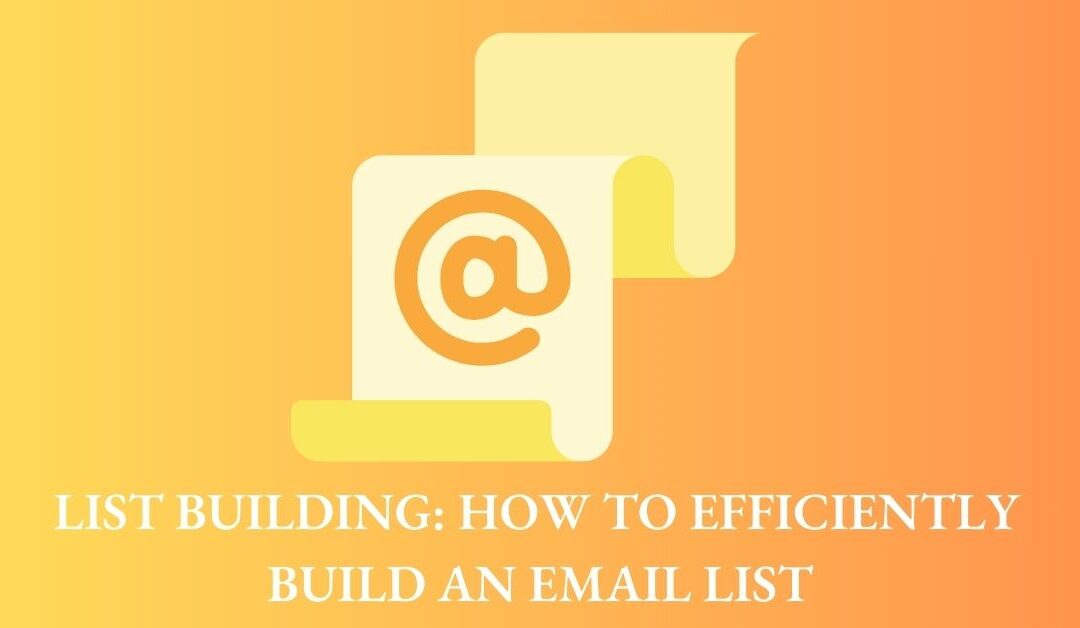Website hacking attacks are rapidly growing with the advancement of technology. They are becoming more sophisticated, making it difficult to recover from them. Even a small business and a simple website can be hacked. It is, therefore, critical to take preventive measures to protect your website from hackers and hacking attacks.
What Is a Hacking Attack?
A hacking attack is an intentional malicious attempt to break into your system (computer, server, database, etc.) and gain unauthorized access. An organized hacking group or an individual hacker may be behind a hacking attack.
However, not all hackers are evil. Some are ethical as well. To understand which hackers are good and which are bad, have a look at the following three categories of hackers:
Black Hat Hackers
Black hat hackers are harmful or illegal hackers. They have malicious intent and break into systems and networks for personal or financial gain.
White Hat Hackers
White hat hackers are ethical hackers hired by businesses or governments to find vulnerabilities. They try to break into systems and networks to expose security weaknesses and vulnerabilities.
Grey Hat Hackers
Grey hat hackers break into systems or networks without seeking permission but do not have malicious intent. They aim to find and report vulnerabilities and, in return, expect compensation. However, in rare cases, they may violate vulnerabilities if they believe the payment is insufficient.
Reasons for Website Hacking Attacks
Hackers can break into your system for several reasons, which can cause severe financial, business, and reputational loss. Out of many, the following are the top reasons for website hacking attacks:
Information Theft
Information theft is one of the common reasons hackers break into systems. They may steal information about your business, customers, or employees. Stolen data can be personal and financial, such as passwords, credit card information, social security number, and private pictures.
Information theft can be detrimental to a business, as the hacker may use this information for carrying out illegal activities, such as:
- Selling information to a third party.
- Transferring funds from your account.
- Opening bank accounts, acquiring credit cards, or taking loans in the names of your customers or employees.
Money
Demanding ransom is another leading reason for hacking websites. A hacker may deny access to your website and take it offline. As a result, your services will become unavailable. You can only get access to your website if you pay the ransom.
Disruption of Service
A hacker may attack the website with thousands of requests per second, making it slow or unavailable. As a result, you will experience a sudden drop in website traffic. Disruption of service can cause substantial financial and reputational loss. There can be many reasons behind such attacks, such as revenge or business rivalry.
Other Purposes
There can be several other reasons for hacking attacks, like:
- Hackers find your business immoral.
- Hackers have a political or other agenda.
- The hacker wants to gain recognition.
Common Hacking Attacks
Before I discuss how you can protect your website from hackers, have a look at the common attacks your website is vulnerable to:
Malware
Malware is malicious software installed in your system to give unauthorized access to hackers. Once the hackers have access, they can view, change, or delete important files and data. Malware can enter your computer, server, or database through many entry points. For example, the hacker may prompt you to download a file infected with malware. In addition, malware may silently live in your system for a long time, and you may not even know about it.
Phishing Attack
In a phishing attack, users receive fraudulent messages, prompting them to give their information. Users give away their information, believing the message is genuine. For example, your customers may receive a fraudulent email asking for their information. Assuming it is from you, they may reveal sensitive data.
Stolen Passwords
It is another typical hacking attack in which hackers try to get your password by sniffing your network communication or applying brute force. A brute force attack involves trying multiple combinations to guess your password. However, sophisticated software has made this process automatic and easy.
Tips To Protect Your Website From Hackers
1. Use Security Solutions
Security solutions must be the first defense against hackers and hacking attacks. They monitor for suspicious activities, detect vulnerabilities, block automated attacks, and take corrective actions to keep the website secure. Several security solutions are available that you can use to protect your website against hacking attacks.
iThemes Security Pro is a WordPress security plugin that you can use to protect your website from hackers. Sucuri is another popular security solution for WordPress, Magento, Joomla, and Drupal. It offers a malware detection and removal scanner and a website application firewall to block hacks and attacks.
2. Choose Credible Plugins and Themes
Although good plugins and themes involve investment, they also enhance your website security. For example, you may install a free plugin, but the developer may never release an update for vulnerabilities. As a result, you have compromised your website security.
Good plugins and themes:
- Are developed by credible developers.
- Regularly release updates.
- Have a good number of active installations.
Also, no matter how much we like free versions, paid or premium versions provide better security. Therefore, go for a paid plugin and theme whenever feasible instead of a free one.
3. Keep Plugins and Themes Updated
Updates for plugins and themes include patches for known vulnerabilities to protect your website from hacking attacks. Plugins, themes, or other software are made up of code that may have bugs. There are researchers and grey hat hackers that look for weaknesses in software. If they find vulnerabilities, they let the developers know, after which developers fix those bugs and release updates.
Many website owners do not update their plugins, software, drivers, themes, etc. They find it an extra burden because of the costs involved. However, if you delay an update, you expose your website to hackers, as many cyber attacks exploit known vulnerabilities.
You can use iThemes Security Pro to scan your website for known vulnerabilities in a WordPress site. Then, if a patch is available, the plugin will automatically apply it.
4. Allow File Uploads Only if Necessary
To protect your website from hackers, allow file upload only if necessary. Uploaded files may contain malicious code that can infect your system. However, there may be cases where you allow users to upload files on the server. For example, a user may upload his identity documents for verification.
Although uploading files can pose a significant risk to your server, you can take certain precautions to lower the risks. As a first step, you must restrict the types of files users can upload. For example, you must never allow executable files, i.e., files with the ‘.exe’ extension. However, hackers can mask the file type, which is why it is equally important to verify their type.
Second, you must constantly scan files for malware. Even if the file type is ok, the file may contain malware. The malware may go undetected if you do not scan files. Therefore, scanning files before storing them on the server is essential.
Third, set a limit on the file size that users can upload. A hacker may bombard your website with large files. As a result, the system may fail or stop.
Last, authenticate users to double-check whether they are legitimate users uploading the file. You can use two-factor or multi-factor authentication to ensure it is not the bot but the user.
5. Install SSL
Secure Socket Layer (SSL) is a security protocol that creates an encrypted link to secure all information between the server and its clients. As a result, even if someone gets access to the data, he cannot understand it. Therefore, it is beneficial if your website users provide sensitive information, such as credit card information.
6. Encrypt Important Data
Encryption means encoding your data in a format that no one can intercept except those authorized and with a key to decode the data. Encryption can protect your website from identity theft. Even if a hacker gets past the firewall and gains access to your server, he cannot intercept the information. Therefore, you must always keep confidential data such as customer personal and financial information encrypted.
7. Train Employees
Sometimes your website is compromised because your employees are not following security protocols. You must train your employees to:
- Identify suspicious emails and links. As a test, you can send them malicious emails to check their response.
- Never use personal devices to log in to their work accounts.
- Never use public networks to access their work accounts.
- Always report if they have made a mistake for timely corrective action.
8. Regular Backups
Keeping regular backups can protect you from losing your files and data permanently. For example, you can run your backup if your website is hacked and you have lost access to all your data. Always remember to store your backup on a different server than your website. Keeping a backup on the same server will make it vulnerable to hackers.
I recommend taking a daily backup so that if you become a victim of a hacking attack, you will only lose data on that day. To make the process of backup more effortless and automated, use a tool or plugin where you can schedule backups. For example, UpdraftPlus is a WordPress plugin that you can use for both manual and scheduled backups.
9. Use Strong Passwords
Strong passwords are essential to protect your website from hackers. The strength of a password depends on the length and the variety of characters used. A strong password:
- Has a minimum of 12 characters.
- Contains a mix of numbers, upper and lowercase letters, and special symbols.
- Is not related to your personal information.
- Is not made up of common words.
Insisting your customers use strong passwords is equally crucial for greater security. You must enforce specific password requirements, such as a minimum length of 12 characters having at least one uppercase letter, one number, and one special symbol.
10. Validate User Input
Malicious code can get into your system through user inputs as well. Hackers can insert malicious code into the database if you do not validate user inputs. For example, if your website lets users enter their names, you must restrict input, i.e., the user can only type alphabets. Similarly, a text box for a postal code must only accept numbers. You must limit the number of characters as well.
Another way to validate user inputs is to use reCaptcha. Malicious code or scripts are mostly input by bots, so it is critical to determine if it is the actual user or a bot submitting forms. A reCAPTCHA asks users to solve tasks like finding traffic lights in pictures. It also protects websites from spam and junk.
Conclusion
There can be many motives behind hacking attacks, such as stealing information, demanding ransom, and causing damage. In addition, a hacker may modify files and data or take the website offline, causing significant reputational and financial loss. It is, therefore, crucial to protect your website against hacking attacks and data breaches to ensure website security.






0 Comments